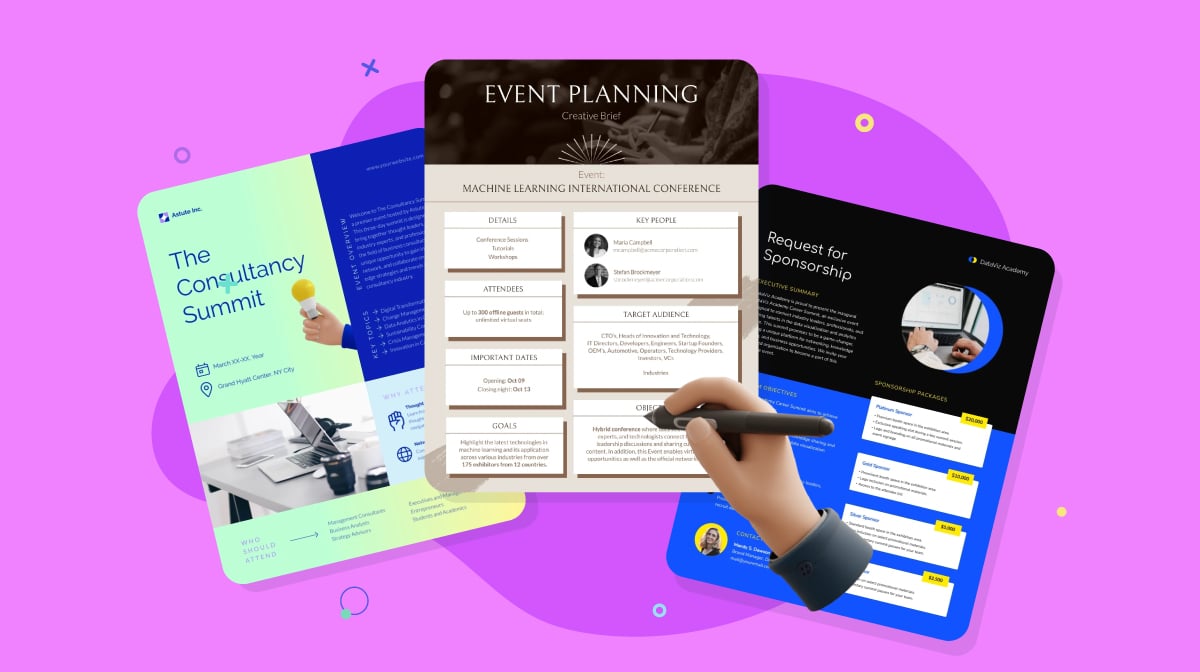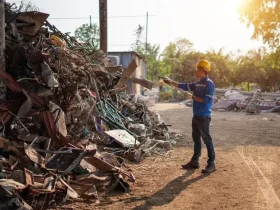Good events don’t begin with a budget. They begin with one person. Audience-first design starts with a single question. Who is this for? Before any contracts are signed or promotional campaigns launched, the most effective organizers are mapping the guest experience step by step. This process of anticipating needs and shaping interactions before, during and after the event sets the foundation for everything else. Whether planning a workshop, fundraiser or regional expo, understanding what attendees value helps guide choices that improve outcomes and build loyalty. Platforms like Brown Paper Tickets, a ticketing service offering digital tools for seamless and accessible event planning, support this process by helping organizers remove friction, clarify logistics and prioritize attendee experience at every stage.
It’s no longer enough to simply host an event. Planners are expected to create moments that resonate and endure. That might mean accommodating dietary preferences, offering quiet zones or integrating real-time feedback tools. These thoughtful touches signal care, build trust and keep audiences coming back.
First Impressions Begin Before the Event
The event begins well before the doors open. Often, the first interaction comes in the form of a social post, email or mobile ticket confirmation. These early moments do more than provide information, they set expectations. Clear, mobile-friendly access and thoughtful design help build trust. When attendees can find what they need without jumping through hoops, they’re more likely to arrive confident, informed and ready to engage. Organizers are now treating these pre-event touchpoints as part of the event itself, using accessible ticketing, real-time updates and clean navigation to create a smooth experience from the start.
Consistency also plays a role. If the tone of an invite doesn’t match the tone of the event, guests may arrive unsure of what to expect. A casual benefit dinner framed with overly formal language might create confusion, just as a lighthearted community festival promoted with stiff messaging might feel disconnected. Each communication should be treated as a small promise of the experience to come.
Journey Mapping Leads to Better Planning
Walking through the entire event from an attendee’s perspective helps identify what works and what might cause frustration. Where is the first point of contact? Is it clear where to go? Are volunteers or staff nearby when questions arise? Simple adjustments can make a big impact. Adding directional signage, creating rest zones or ensuring accessible entryways are easy to find all contribute to a more inclusive and enjoyable experience.
Taking time to map out the journey in advance helps allocate budget and staffing toward the areas that guests can remember. Some organizers are even bringing in outside testers, friends, partners or volunteers who can run through the event layout or onboarding process in advance. Fresh eyes often catch things that planners, deep in the details, might overlook.
Budgeting With the Audience in Mind
Many events fall into the trap of spending heavily on production elements that don’t directly enhance the guest experience. An oversized stage, for example, might impress at first glance but have little impact if sound quality or flow suffers elsewhere. Audience-first budgeting focuses on comfort, clarity and connection. That might mean investing in more water stations, flexible seating or clear schedules. Digital platforms help align these choices with ticketing options that support various pricing tiers, donation-based entry or accessible passes, tools that reflect the diversity of audiences, without adding complexity for organizers.
Personalization Increases ROI
When guests feel seen, they tend to stay longer, participate more and come back next time. Personal touches like tailored agendas, name badge options or content tracks based on interest can create a more welcoming environment. Many event teams now use simple surveys before the event to collect preferences, accessibility needs or content goals.
With the right tools in place, these details can inform everything from programming to signage. Personalization doesn’t have to be flashy, but it just has to be thoughtful. Even something as simple as a printed welcome message for first-time attendees or a sticker that signals preferred pronouns can build goodwill and comfort. These low-cost, high-impact gestures often result in more positive feedback than a photo booth or swag bag.
Communication Is Part of the Experience
Miscommunication is one of the most common sources of attendee frustration. Late schedule changes, vague dress codes or poor on-site signage can leave guests feeling uncertain. To reduce these pain points, planners are focusing on consistency and clarity. Event details are shared across multiple platforms, with the same voice and formatting.
Platforms like Brown Paper Tickets have tools such as mobile access, integrated email reminders and flexible update options that help keep attendees informed before, during and after the event. In multi-day or multi-location events, reminders and check-ins go a long way. A quick text confirming the next session or a digital map available in the ticketing app can prevent confusion, allowing attendees to focus on the experience instead of logistics.
Feedback as a Design Tool
Post-event surveys aren’t just about tracking satisfaction, but they’re opportunities to understand what guests valued and where small changes could have improved the experience. Open-ended questions often reveal insights that data alone cannot. Some planners collect short video testimonials, review social posts or track session movement to spot trends.
Listening after the event ends, organizers can plan smarter for the next one and build trust with their audience along the way. One strategy gaining traction is the “micro-feedback loop,” where planners follow up with short polls just 24 hours after the event ends, while impressions are still fresh. These can supplement longer reports and help organizers pivot quickly, if planning a recurring or series-based experience.
Building With Intention
Strong events don’t need big budgets or headliners. They need intention. Every decision, from the layout of the check-in area to the tone of a follow-up email, either adds to or takes away from the experience. Organizers who begin with the attendee in mind, and return to that mindset often, create events that feel personal, meaningful and worth remembering. By combining thoughtful planning with accessible infrastructure, event teams can build experiences that resonate. Platforms help make that work easier by supporting the systems that prioritize people first, before promotion, before production and before the big day begins.












